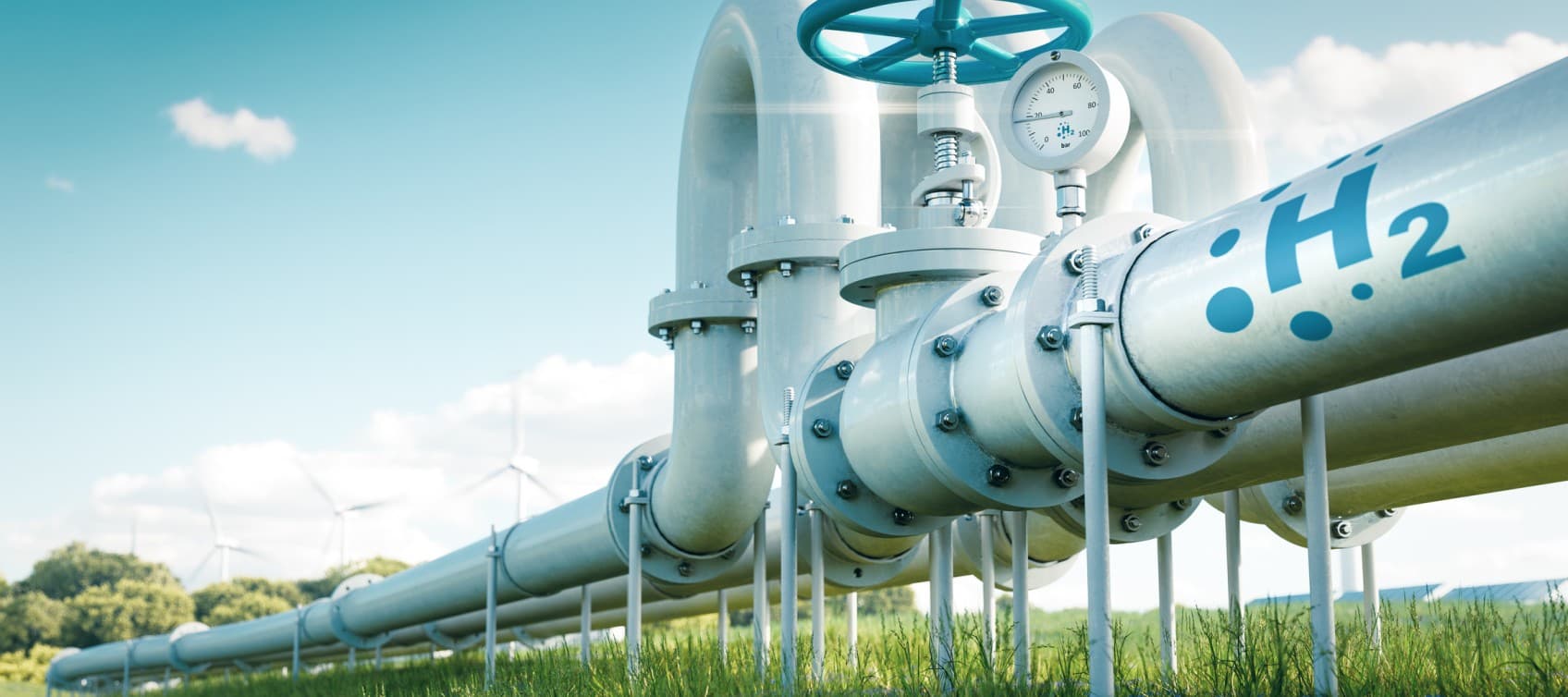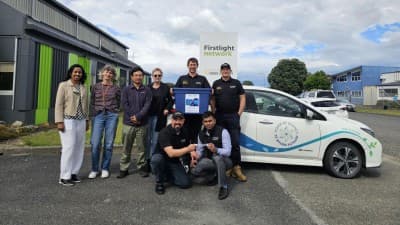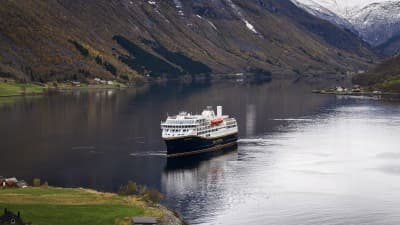A plan to decarbonise New Zealand’s gas pipeline network by transitioning from natural gas to hydrogen has been announced, ensuring Kiwis can continue to have their hot showers, cooking hobs – and barbecues – in a zero-carbon future.
In 2019, the Government introduced the Climate Change Response (Zero Carbon) Amendment Act, setting out New Zealand’s goal to reach reach zero net carbon emissions by 2050 and reduce methane emissions by 24 to 47 percent. The legislation provides a framework to contribute to the global effort under the Paris Agreement to limit the global average temperature increase to 1.5C above pre-industrial levels.
Currently, New Zealand uses both methane, also known as natural gas, and bottled liquid petroleum gas (LPG) to heat homes and businesses and generate electricity. In the North Island, natural gas is delivered to consumers via a network of pipelines. The South Island does not have this infrastructure.
On Monday, Firstgas Group announced its timeline for decarbonising New Zealand’s natural gas network and transitioning from carbon-emitting gases, a plan that will allow New Zealand to meet its net-zero target.
From 2030, hydrogen will be blended into the North Island’s natural gas network, with conversion to a 100 percent hydrogen grid by 2050, Firstgas Group said.
Hydrogen, the most abundant chemical element, is a clean alternative to natural gas, or methane. Hydrogen can be produced from a variety of resources, such as natural gas, nuclear power, biogas and renewable power like solar and wind.
This will be supported by biogas and bioLPG to reduce emissions for gas users.
Biogas can be produced from raw materials such as agricultural waste, manure, municipal waste, plant material, sewage or food waste, while bioLPG is propane produced from renewable feedstocks such as plant and vegetable waste material, an option that reduces carbon emissions by up to 80 percent.
The transition timeline is informed by the Firstgas Hydrogen Network Trial report, which was also released on Monday. The report, which received funding through the Provincial Develop Unit, projects future hydrogen supply-and-demand in New Zealand and assesses technical practicalities and regulatory factors.
In Monday’s announcement, Firstgas Group confirmed its networks can deliver sufficient hydrogen to decarbonise the natural gas network by 2050.
Hydrogen blends of up to 20 percent reduce the carbon emissions of natural gas users without requiring any change to existing appliances, it said. The blends can be gradually introduced regionally from 2030.
The conversion of networks to 100 percent hydrogen gas will begin from 2035. This allows time for appliances to be replaced with technology able to operate on pure hydrogen. Complete conversion of the gas network to 100 percent hydrogen is scheduled for 2050, Firstgas said.
It’s expected hydrogen will substantially replace fossil fuels for emissions where electrification – the conversion to electrical power – is not possible, making the emissions harder to reduce.
The plan aims to meet the objectives of the Zero Carbon Act without gas users resorting to electrification or carbon offsets – or replacing their current gas equipment.
Stored green hydrogen will be converted back to electricity when required to meet demand during peak times or dry spells.
Speaking to The AM Show on Monday morning following the announcement, Hydrogen Project Leader Angela Ogier said the plan will ensure the benefits of gas can continue in a zero-carbon future.
“It’s a way for us to keep using our barbecues, keep having those long, hot showers with our hot water heaters, and keep using our gas hobs in [a] future of net-zero [carbon emissions],” she said.
At this stage, hydrogen is mostly produced from fossil fuels. However, in the future it’s hoped the clean alternative can be produced using electricity and water, through a process called electrolysis.
“At the moment it is more expensive,” Ogier told The AM Show. “[But] this type of technology is coming down the cost curb. We anticipate by 2030 the cost will have halved.”
TheFirstgas Hydrogen Network Trial report proposes that green hydrogen – produced from surplus renewable electricity – will replace fossil fuels where possible. The hydrogen will be produced by regionally-dispersed electrolysers and distributed by the existing local pipe networks that deliver natural gas to consumers, Firstgas said.
Ogier said it’s hoped the hydrogen will be delivered to New Zealand homes via our existing gas pipelines.
“We will have a lot of work to do,” she said. “We’ve been looking at the feasibility of converting the pipelines – in a hydrogen world, will we have enough capacity in our pipelines to deliver the hydrogen we need? And what do we need to do to make sure it’s really safe? We need to go through and check absolutely everything.”
In a statement on Monday, Firstgas Group CEO Paul Goodeve acknowledged that many Kiwis have been “unsettled” by some proposals regarding the future of gas in New Zealand.
“The benefits of gas are here to stay in a cleaner future of zero carbon gas,” Goodeve said.
The plan and its timeline provides “ultimate security” to gas users and the nation, he said.
“This is a realistic route to zero carbon gas that does not require anything of consumers for the next 15 to 20 years.
“Gas users have the security of continued gas on their existing equipment, at lower emission levels, and the nation has the security of a stable switch-over to zero-carbon gas by 2050.”
He added that hydrogen delivers the same benefits of natural gas and LPG.
“By 2050, New Zealand will have a zero-carbon electricity network, and energy from a clean and reliable gas that delivers the same benefits that natural gas and LPG users have come to know,” Goodeve said.
“Hydrogen is zero emission at the point of use. It replaces use of fossil fuels that electricity is not well suited to replace, such as in heavy transport and process heat in manufacturing industries.”
Hydrogen can also replace coal and gas for producing electricity during dry-years and winter demand peaks, reducing total emissions from the energy sector by 25 percent.
For more information, visit www.gasischanging.co.nz.
Full Article Here.





